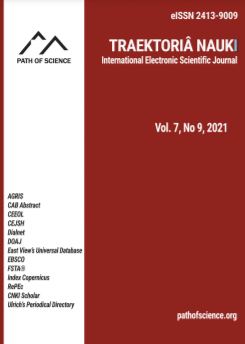An Autosegmental Analysis of Tone Usage Among Yoruba-Speaking CVA-Aphasic Adults
An Autosegmental Analysis of Tone Usage Among Yoruba-Speaking CVA-Aphasic Adults
Author(s): Mercy Oluwaseyi Agbeye, Humphrey Muyambango KapauSubject(s): Language studies, Lexis, Health and medicine and law
Published by: Altezoro, s. r. o. & Dialog
Keywords: tone; aphasia; autosegmental analysis; cerebral vascular accident/stroke; Yoruba;
Summary/Abstract: This inquiry investigated tone use among Yoruba-speaking adults recovering from an aphasic insult/attack initiated by a cerebral vascular accident (CVA), otherwise known as a stroke. In pursuing the aim of the study, the research was guided by three research questions, namely, do Yoruba-speaking aphasic adults have the perceptual ability to perceive tone in the language; can Yoruba-speaking aphasic adults differentiate between the three lexical tones in the language; and which of lexical tones do Yoruba speaking aphasic adults find difficult to perceive? The study drew upon the theoretical and analytical scope of the autosegmental approach and a constructivist methodology paradigm inspired by a descriptive research design that used the qualitative approach. Data were elicited from purposively sampled informants via structured interviews involving two groups of participants involving three aphasic Yoruba individuals and three Yoruba non-aphasic individuals in Nigeria. The purposive sampling was premised on informants’ dialectal proficiency, availability and diversity, and occurrence of CVA (stroke). The aphasic subjects were identified with the initials AB, CD and EF to conform to confidentiality etiquette in clinical linguistics. For ethical consideration, the informants were required to fill in a consent form before eliciting data from them. Once that was done, the aphasics were availed 100 words from the combined Swadesh 200 and Ibadan 400 wordlist of essential and cultural items, recorded by the non-aphasic individuals who speak Yoruba as their first language, to identify which tones they perceive. The data elicited was analysed using the perceptual approach in which the recorded data was listened to several times to discover if adult Yoruba speakers that are aphasic were still able to recognise the high ( ́), mid ( ̄) and low tone (̀ ) in words. The findings reviewed that Yoruba aphasics have diverse perceptual abilities of tone. Furthermore, it was established that Yoruba aphasics displayed varying deficiencies in differentiating the three lexical tones of Yoruba. Of the three lexical tones (H, M and L), the unmarked M tone was consistent, while the H and L tones had varying perceptual outcomes among the CVA-aphasics. The implication of the finding is that tone recoveries among CVA-aphasics is never the same and, therefore, calls for various linguistic therapies according to each CVA-aphasic case.
Journal: Traektoriâ Nauki
- Issue Year: 7/2021
- Issue No: 09
- Page Range: 2001-2013
- Page Count: 13
- Language: English

